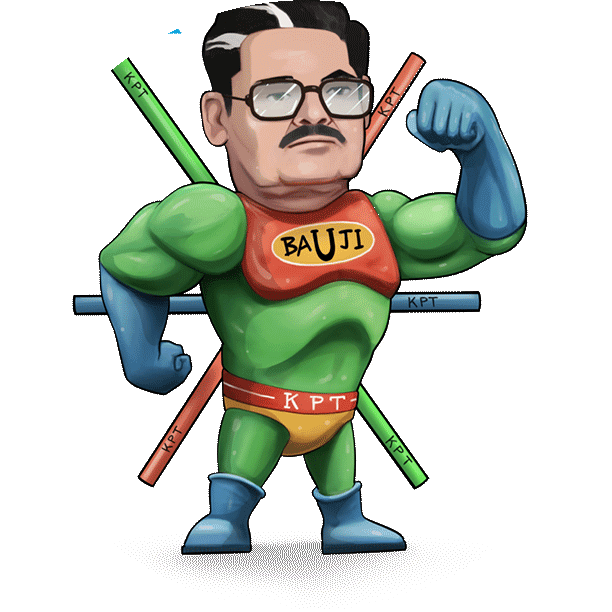
20 Feb Which Pipe is Safe for You – PPR or CPVC?
Before going into the specification let’s make ourselves clear what each material is made up of. PPR is the short-
form for Polypropylene Random Copolymer while CPVC is Chlorinated Polyvinyl Chloride is produced by a process of chlorination to Polyvinyl Chloride.
PPR is the most widely used plumbing piping system in Europe, Russia, South America, Africa, South Asia, China and Middle East while CPVC is used mainly in India and Mexico. PPR is superior to CPVC not because of wide acceptability but also it is safe for potable water.
Now, let’s help you make a safer decision as to why CPVC Pipes are not safe and why you should prefer PPR Pipes.
Food Grade Plastics:
PPR Pipes are safe for humans as it does not contain chlorine derivatives while CPVC pipes has chlorine in its structure which can get separated and dissolve in the water in the form of vinyl chloride and accumulate in human body.
In several cases, leaching has been found in the case of CPVC pipes as their bond is weak which requires chemical solvent while PPR Pipes are joined together using heat fusion and prevents any type of leakage due to thicker pipe and stronger bonds. Several studies have been conducted in US with respect to leaching of hazards such as chloroform, tetrahydrofuran and acetate into drinking water through CPVC Pipes.

*PPR is a compound of PP. **CPVC is a compound of PVC/V.
Solvents used in CPVC puts your Health at Risk:
The California State Pipe Trades Council which reviews the health effects of plumbing systems and is a certified body of plumbers in California, USA, have been highly advocative of the hazardous effects of the solvent used to join CPVC pipes. The solvent has been found to contain carcinogenic elements in animals and is considered potentially harmful to humans. On the other hand, PPR pipes does not require any solvent and is joined using heat fusion technique, thus is free of toxic chemicals.
PPR Pipes is the Healthy Answer:
KPT PPR Pipes are manufactured with superior raw materials and are food grade, flexible, stronger and can sustain a temperature range of -10℃ to 95℃. KPT PPR Pipes have very long working life and can last more than 50 years.
For any queries, do write to us at info@kptpipies.com
Frequently Asked Questions
Is PPR environmentally friendly?
Yes, PPR is considered environmentally friendly because it is recyclable. It can be melted down and reformed into new products, reducing the need for virgin plastic production and minimizing waste.
Are PPR pipes suitable for use in hot water systems?
Yes, PPR pipes are suitable for use in both hot and cold water systems. They have excellent heat resistance properties and can withstand high temperatures without deformation or degradation.
What is the difference between PPR and CPVC pipes?
PPR pipes are made of a type of polypropylene, which is a thermoplastic polymer known for its high temperature resistance and durability.
CPVC pipes, on the other hand, are made of chlorinated polyvinyl chloride, which is a thermoplastic material infused with chlorine to enhance its heat resistance.
While both PPR and CPVC pipes are suitable for plumbing applications, PPR pipes offer higher temperature resistance and are more versatile in terms of the range of applications they can be used for. CPVC pipes can be used only between 0*C to max 90*C while PPR can be used from -10*C to 95*C, giving a better temperature resistance for both hot and cold water.
Can PPR pipes be used for underground installations?
Yes, PPR pipes can be used for underground installations, provided they are adequately protected from mechanical damage. Proper insulation and backfilling techniques should be employed to ensure the longevity of the piping system.
What is the expected lifespan of PPR pipes?
PPR pipes have a long service life, typically ranging from 50 to 100 years depending on the operating conditions and installation quality. Proper maintenance and periodic inspections can help extend the lifespan of the piping system.


